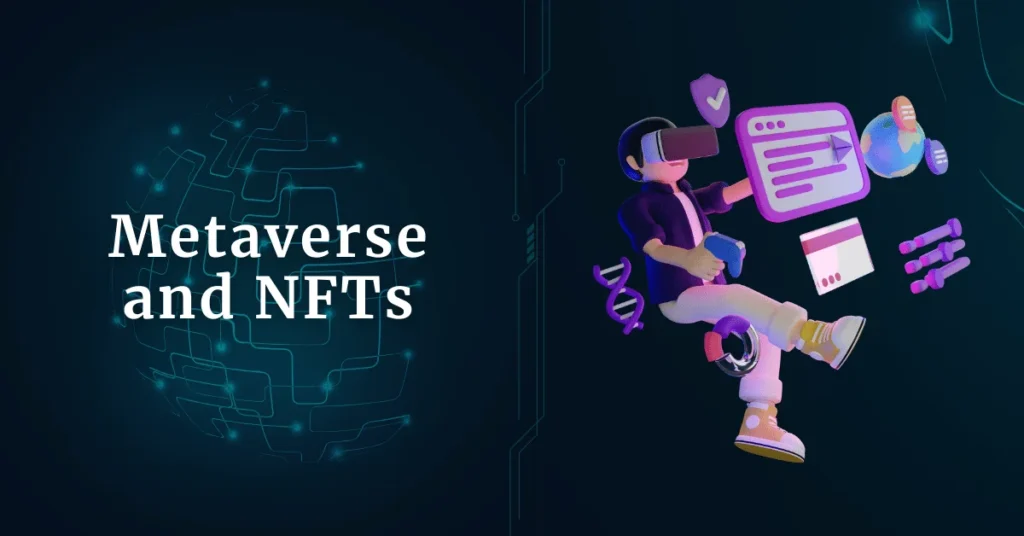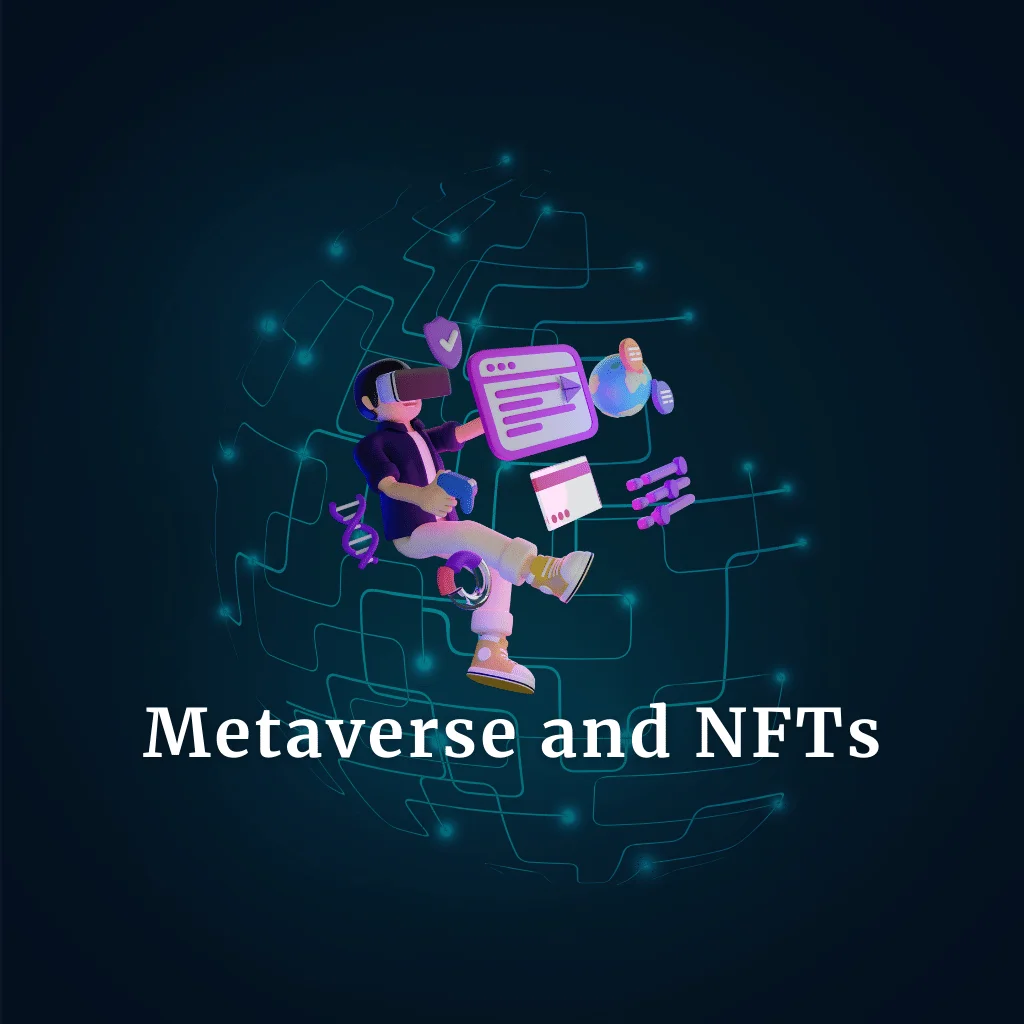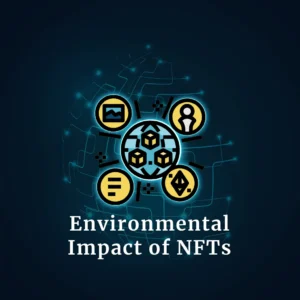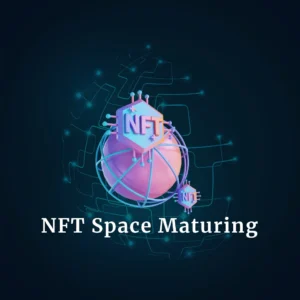
The idea of the Metaverse and NFTs (Non-Fungible Tokens) addresses an earth-shattering change in the way we see computerized possession and online connection. As we stand near the precarious edge of another computerized time, these advances are reshaping the virtual scene as well as are additionally reclassifying the limits of craftsmanship, trade, and the local area. In this blog, we explore the thriving world of the Metaverse and NFTs, discussing their ideas, the paths they open, and the challenges they pose.
Unveiling the Metaverse
The Metaverse, a term first coined by Neal Stephenson in his 1992 novel “Snow Crash,” refers to a collective virtual shared space, created by the convergence of virtually enhanced physical reality, augmented reality (AR), and the internet. It’s a domain where clients can collaborate with a PC-produced climate and different clients. This idea has developed from a sci1 -fi dream into an unmistakable objective for tech goliaths and new businesses the same, driven by progressions in computer generated simulation (VR), AR, blockchain innovation, and man made reasoning (simulated intelligence).
The vision for the Metaverse and NFTs is a consistent joining of different virtual spaces, giving a vivid encounter that goes past what current web based entertainment and online stages offer. Imagine attending a concert with friends from around the globe, exploring an art exhibit, or participating in a virtual meeting, all within the same digital universe. The Metaverse promises new levels of social and professional interaction that bridge the boundaries between physical and digital realities.
The Role of NFTs in the Metaverse
Enter NFTs, the digital assets that are unique and cannot be exchanged on a one to one basis, contrary to cryptocurrencies like Bitcoin. These tokens are part of the Ethereum blockchain, among other things, and guarantee ownership and scarcity of digital goods. NFTs can represent anything from artwork, music, and videos to items in video games and virtual real estate in the Metaverse.
They play a key role in the Metaverse’s digital economy, providing mechanisms to own, buy, and sell digital assets that have real value. The surge in NFT popularity is not just a fad but a sign of a broader shift towards valuing digital content and experiences as much as physical ones.
Artists, musicians, and creators have embraced NFTs and found new ways to monetize their work and connect with their audiences. At the same time, consumers are increasingly willing to invest in digital assets for personal enjoyment, as part of a collection, or as an investment.
Open doors and Developments
The assembly of the Metaverse and NFTs opens up vast opportunities for advancement, inventiveness, and new plans of action. For example, virtual land is turning into a rewarding business sector inside the Metaverse, with packages of computerized land selling for a great many dollars. These virtual spaces can have anything from get togethers and shows to stores and workmanship exhibitions, producing genuine income for their proprietors.
Additionally, the Metaverse and NFTs are democratizing admittance to craftsmanship and culture, eliminating physical and geological hindrances. They are likewise making new types of social cooperation and local area building, offering a stage for individuals to interface over shared interests and exercises in a manner that rises above customary virtual entertainment.
Challenges and Considerations
However, the rise of the Metaverse and NFTs is not without challenges.
Issues such as digital rights management, copyright, and the environmental impact of blockchain technology need to be addressed. For example, the energy consumption associated with NFT transactions has sparked criticism and calls for more sustainable solutions. There are also concerns about privacy, data security, and the potential to create a deeper digital divide.
As the Metaverse grows, ensuring fair access and protecting users’ rights will be essential to its success and ethical development. Looking to the future, the integration of the Metaverse and NFTs could significantly change the digital and physical worlds.
From revolutionizing the way we work, learn, and play to offering new ways of expression and communication, the possibilities are as vast as the virtual world itself. However, realizing this potential requires careful consideration of ethical, social, and environmental implications. Creating an inclusive, sustainable, and dynamic digital future will also require collaboration across sectors and disciplines.
All Over, Metaverse and NFTs are more than just buzzwords. They are the building blocks of a new digital frontier. As we navigate this uncharted territory, the decisions we make today will shape the virtual world of tomorrow. It remains to be seen whether these technologies will lead to a more connected and creative society or whether they will exacerbate existing problems. But what is clear is that we are now in the midst of a digital revolution that will redefine our lives in ways we are only beginning to imagine.



